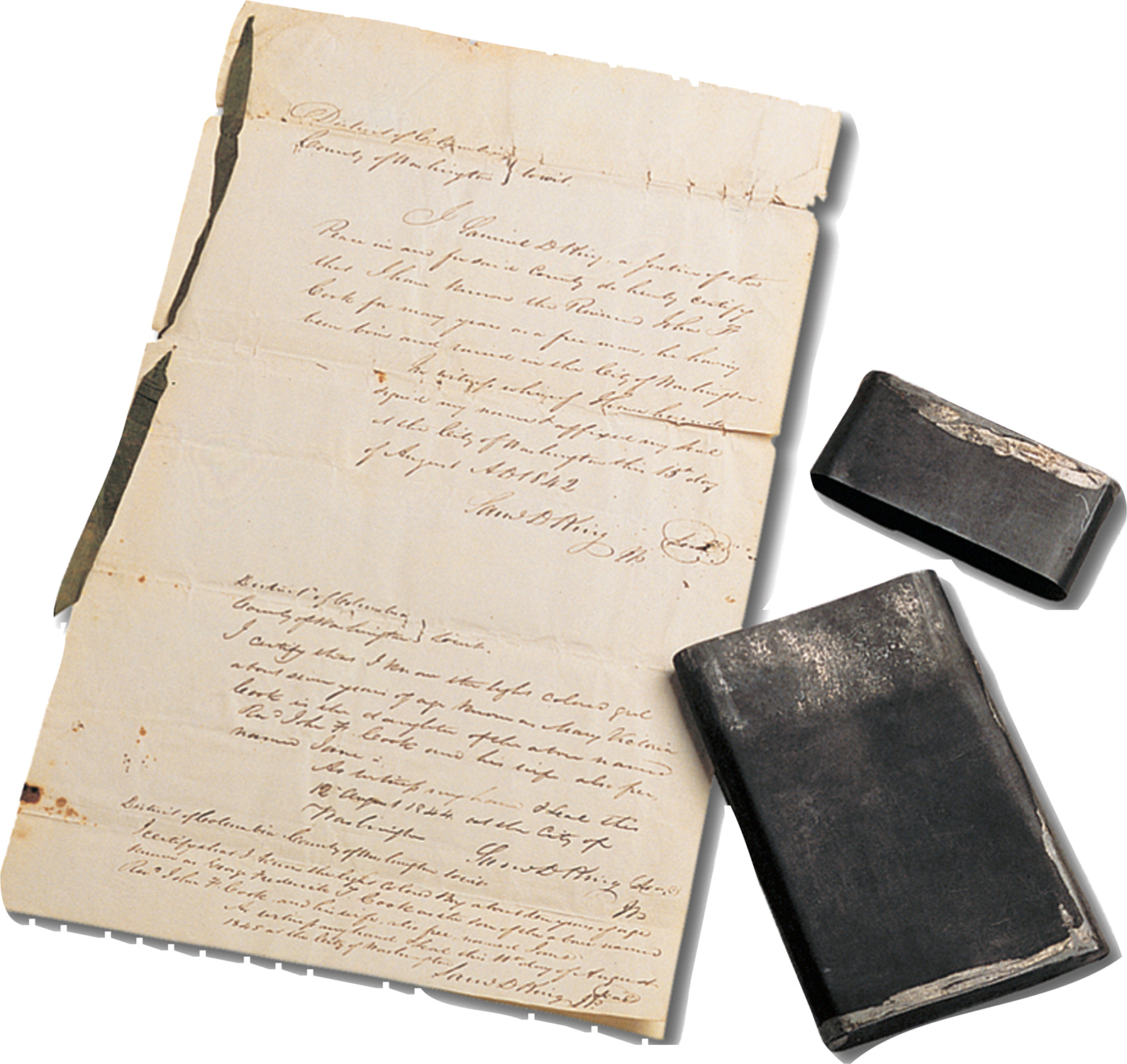Resistance and Rebellion
Slaves did not suffer slavery passively. They were, as whites said, “troublesome property.” Slaves understood that accommodation to what they could not change was the price of survival, but in a hundred ways they protested their bondage. Theoretically, the master was all-
The spectrum of slave resistance ranged from mild to extreme. Telling a pointed story by the fireside in a slave cabin was probably the mildest form of protest. But when the weak got the better of the strong, as they did in tales of Br’er Rabbit and Br’er Fox (Br’er is a contraction of Brother), listeners could enjoy the thrill of a vicarious victory over their masters. Protest in the fields was riskier and included putting rocks in their cotton bags before having them weighed, feigning illness, and pretending to be so thickheaded that they could not understand the simplest instruction. Slaves broke so many hoes that owners outfitted the tools with oversized handles. Slaves so mistreated the work animals that masters switched from horses to mules, which could absorb more abuse. Although slaves worked hard in the master’s fields, they also sabotaged his interests.

Running away was a common form of protest, but except along the borders with northern states and with Mexico, escape to freedom was almost impossible. Most runaways could hope only to escape for a few days. They sought temporary respite from hard labor or avoided punishment, and their “lying out,” as it was known, usually ended when the runaway, worn-
Although resistance was common, outright rebellion—
Despite steady resistance and occasional rebellion, slaves did not have the power to end their bondage. Slavery thwarted their hopes and aspirations. It broke some and crippled others. But slavery’s destructive power had to contend with the resiliency of the human spirit. Slaves fought back physically, culturally, and spiritually. Not only did they survive bondage, but they also created in the quarter a vibrant African American culture that buoyed them up during long hours in the fields and brought them joy and hope in the few hours they had to themselves.
REVIEW What types of resistance did slaves participate in, and why did slave resistance rarely take the form of rebellion?